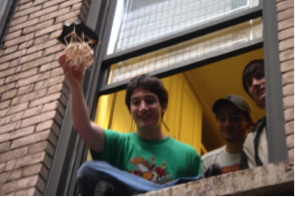Is that a bird? Is that a plane? No, it’s our Physics Egg Drop Experiment! Every year, after we complete the unit on Forces, Impulse and Momentum, the students in my Physics class have an opportunity to test out their engineering and creativity skills in a project where they are tasked with protecting two eggs from breaking when dropped from the 4th floor of our townhouse building into the garden.
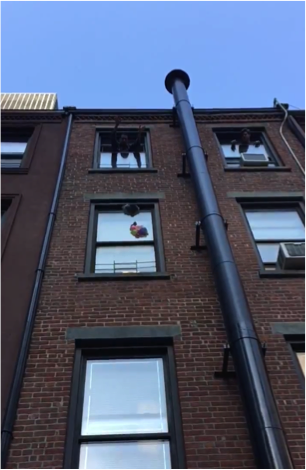
During the design process, our budding engineers are given a list of materials that they are allowed to use such as cardboard, cotton, fabric, rubber bands, plastic bags, twine, and tape, and a list of forbidden materials such as pre-made containers, bubble wrap, helium balloons, peanut butter, Jell-O or any other type of food (in my 19 years of doing this project, there have been quite a handful “interesting” requests for materials, including a drone, which was met with a quick NO!)
They are given weight restrictions for the project to ensure that they are not merely packing the entire design with lots of cotton or paper. My favorite part of this project is when the students are doing their research and going through the development process, where they transfer their abstract ideas and concepts into a tangible, physical object.
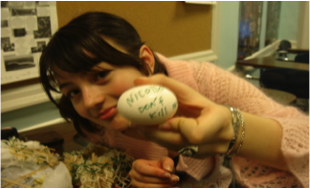
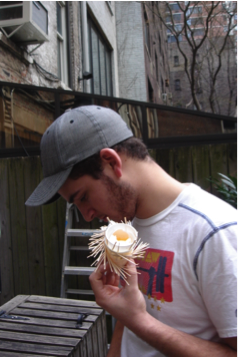
When it comes time to test the projects, we give our sacrificial eggs a kiss and a hug for good luck before they are carefully placed into their packages to be (hopefully) safely delivered to the ground.
Then comes the moment of truth. The students rush down the stairs with bated breath into the garden to determine the fate of their eggs and cautiously remove them to see if they were successful in this challenge. For some, this moment is met with shrieks of joy and relief, while a few are disappointed and curious as to why their design outcomes did not match their expectations. For those that failed the first time around, they are given a second chance to make adjustments to their projects. They try one more time with hope that the modifications worked in their favor, so they can avoid cleaning up egg yolks from the garden floor!
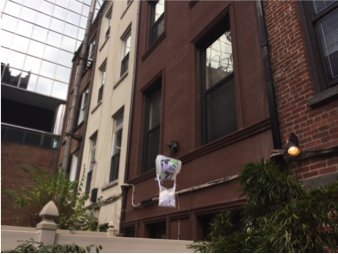
From my experience, the projects that include a parachute have a much higher chance of survival as it greatly lowers the velocity of the container, which increases the time it takes to fall and optimally reduces the force upon impact with the ground since the change in momentum is constant (an application of the Impulse-Momentum Theorem). Once the projects have been dropped and collected, the students are tasked with the final part of the project which is to write a paper which details why they chose their specific design, and how it relates to all 3 of Newton’s Laws of Motion as well as the Impulse-Momentum Theorem.
If you are looking for a physics experiment, project or a science fair idea that engages the engineering mind and skills of your students, I would highly recommend this fun and egg-cellent project that is sure to be a crowd pleaser!
